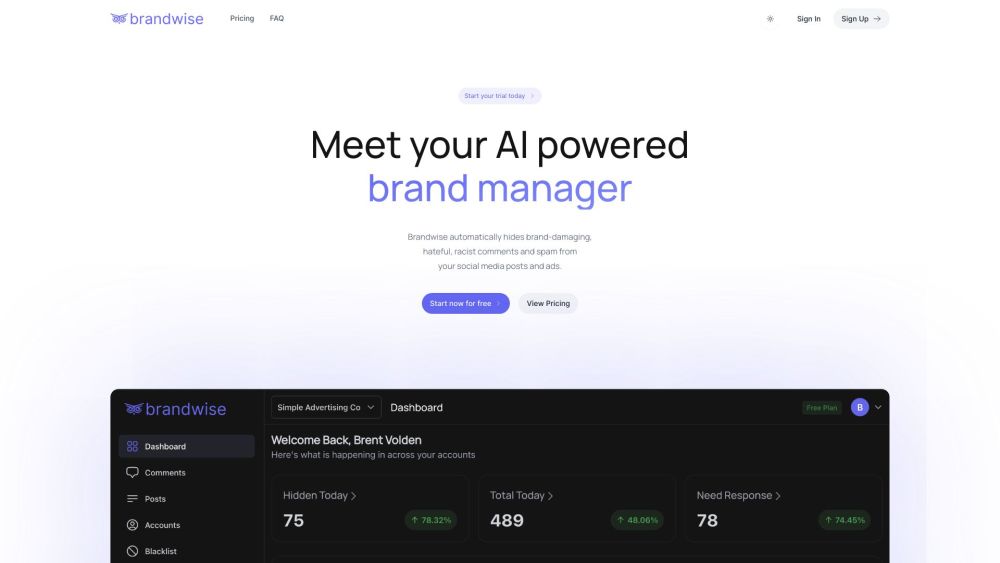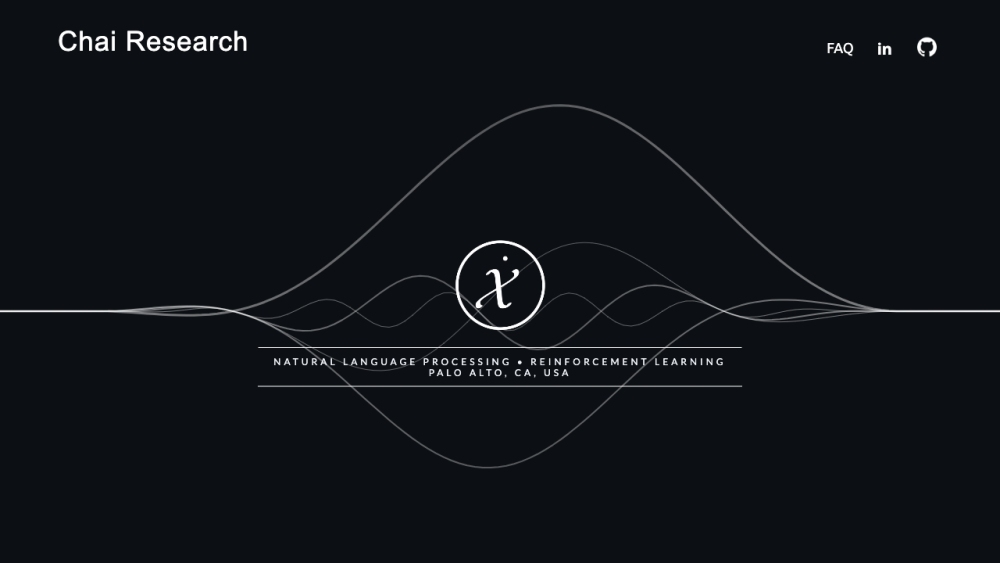NASA, IBM, and the Oak Ridge National Laboratory have collaborated to introduce a groundbreaking open-source AI model named Prithvi WxC. This innovative model, pre-trained on 40 years of NASA's Earth observation data, transcends traditional weather forecasting to predict patterns on various scales. Its unique design allows for fine-tuning for global, regional, and local forecasting, making it adaptable to diverse weather studies.
Agriculture, tracing its roots back to the Fertile Crescent 12,000 years ago, has undergone several revolutions driving human settlement growth and population sustenance. The third agricultural revolution in the 1940s, known as the Green Revolution, averted a projected population collapse with dramatic increases in crop yields due to groundbreaking fertilizers and pesticides.
On another front, Japanese eVTOL vehicle manufacturer SkyDrive is utilizing AI in collaboration with Braid Technologies to enhance the design of its electric aerial vehicles (EAV). By generating thousands of design patterns through AI applications, SkyDrive aims to optimize its vehicle structures for high performance and efficiency. This advanced engineering approach is poised to revolutionize the design process for futuristic flying cars.
Additionally, a cutting-edge AI tool developed by researchers from leading institutions like MIT and Harvard allows individuals to interact with their future selves. With the "future you" tool, users engage in a digital conversation with a virtual representation of their future selves at age 60, gaining insights, advice, and a glimpse into their future life. This innovative application of AI technology showcases the potential for personal growth and well-being through virtual self-reflection.
Beyond the allure of human-like responses generated by large language models, the practical benefit lies in accuracy, specificity, and domain expertise. By incorporating retrieval augmented generation (RAG) technology, businesses can leverage AI tools effectively, unlocking new possibilities for generative applications in industries previously hesitant to adopt such advancements. RAG technology acts as a catalyst for enhancing the functionality and applicability of large language models, propelling the AI industry towards broader implementation and innovation.




